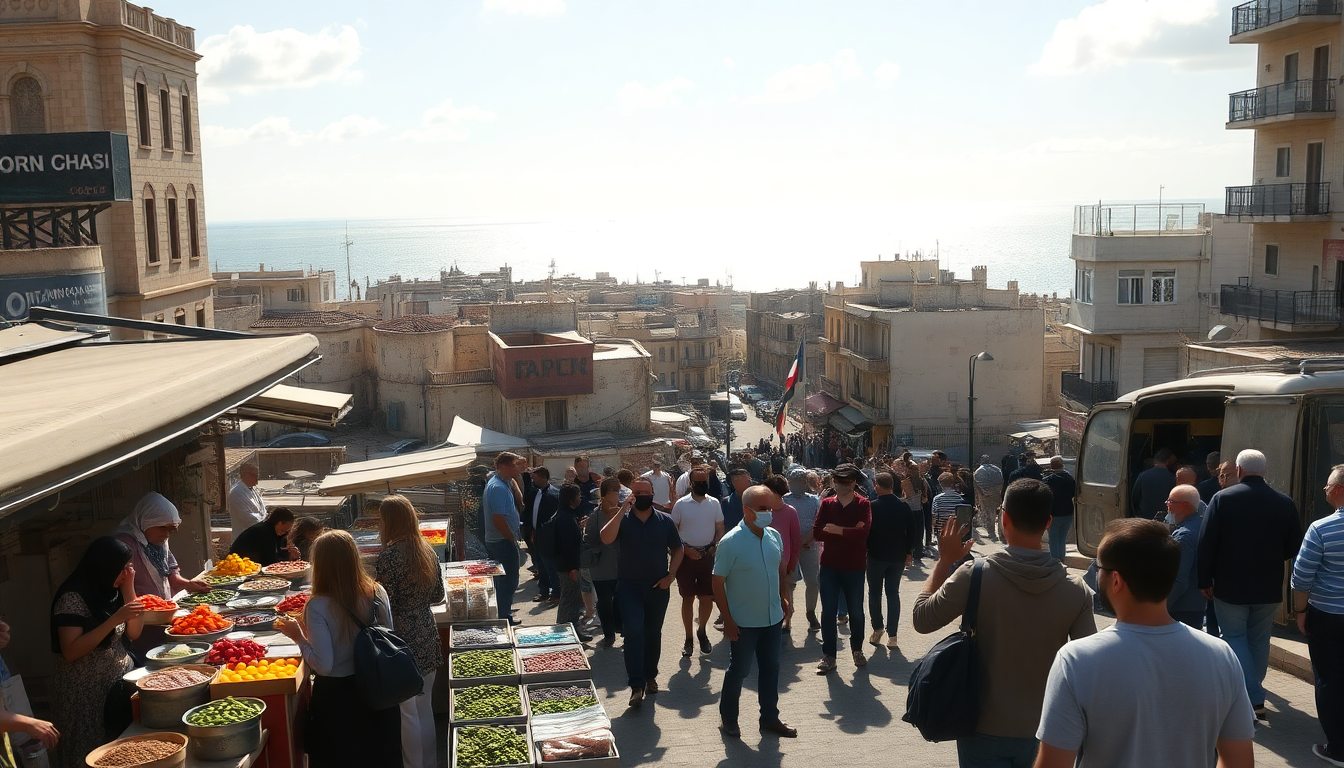Table of Contents
The situation in Gaza is reaching a critical turning point, and it’s sparking a lot of conversations about a bold new plan that could change everything. Could the United States actually take control of Gaza and relocate its nearly two million residents? This idea has ignited a fierce debate, raising questions about its feasibility, ethics, and what the future holds for those who live there. Let’s dive into the details of this proposed initiative, its potential impact on the local community, and the wider geopolitical implications.
Understanding the Proposal
After the extensive devastation in Gaza from Israel’s military campaigns, especially following the events of October 7, 2023, the idea of a radical transformation is gaining traction. Reports suggest that a plan is on the table that could see Gaza administered by the United States as a trusteeship for at least a decade. Imagine turning a war-torn area into a vibrant economic hub, attracting tourism and technology. Sounds ambitious, right?
But here’s where it gets complicated: the proposal includes financial incentives for people to relocate, with claims of offering $5,000 for each person willing to leave. This raises significant ethical concerns. What about the rights and livelihoods of the people who call Gaza home? After all, the region has already experienced massive displacement, and the notion of further uprooting its residents is contentious.
Reactions and Their Impact
The reactions to this proposal have been swift and intense. Hamas has firmly rejected the plan, asserting that “Gaza is not for sale.” This sentiment echoes a deep-rooted resistance among locals against external control and interference. The political ramifications are profound, with potential escalations in tensions not just within Gaza but throughout the entire Middle East.
Moreover, creating a trusteeship raises serious questions about sovereignty and governance. Who makes the decisions for this territory? How will the rights of the existing population be protected? These implications touch on international law and the principles of self-determination, warranting careful consideration by policymakers.
Looking Ahead: Challenges and Opportunities
As we look to the future, the feasibility of turning Gaza into a tourism and technology hub depends on several factors: international support, infrastructure development, and, most importantly, the acceptance of the local population. Reviving Gaza’s economy is a worthy goal, but it must be done with respect for the dignity and rights of its people. Can we really build a brighter future without their support?
As discussions continue, it’s crucial to weigh the long-term consequences of this relocation plan. While the potential for investment and development is exciting, it must align with the immediate needs and aspirations of Gaza’s residents. Without their buy-in, any initiative is likely to face significant opposition, which could derail the very goals it aims to achieve.
In conclusion, the proposed transformation of Gaza presents a chance for renewal, yet it also comes with complex challenges that require thoughtful dialogue and careful planning. The future of Gaza remains uncertain, but the possibilities for a brighter tomorrow depend on solutions that genuinely prioritize the needs of its people. What do you think? Can we find a path forward that respects the voices of those most affected?


